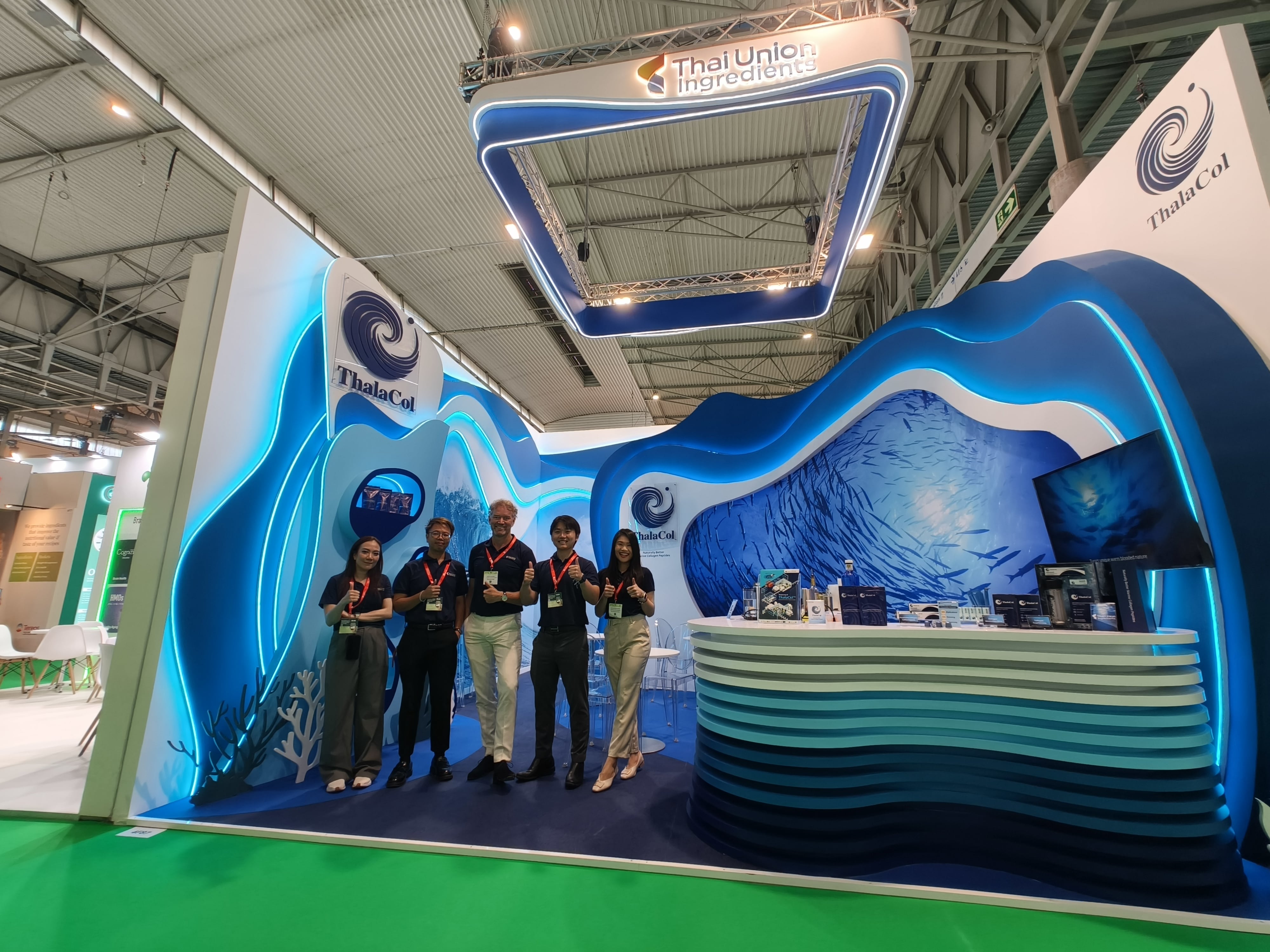This is to tap on the opportunities in the global premium collagen markets, including countries such as Japan, South Korea, some sectors in China, Thailand, Australia and New Zealand.
The company has even invested US$30m in building a factory dedicated to marine collagen processing at the Samut Sakhon region, within 5km proximity to Thai Union’s main factory for tuna processing.
It has an annual production capacity of 1,500 tonnes.
Jurriën Zandbergen, managing director at Thai Union Ingredients told NutraIngredients-Asia that the venture into the collagen sector was part of the company’s sustainability policy where all parts of tuna, including the waste products, are put to good use.
“Thai Union Ingredient is a business unit valorising co-products out of seafood processing, therefore, we look into the whole fish - 50 per cent is normally used for frozen seafood consumption or for canned tunas and 50 per cent is used as by-product for fish meal, fish oil, aqua feed.
“We feel that we can make much more value out of these co-products. Being part of Thai Union, we can build on the volume and capabilities of Thai Union and we are quite unique in that we have access to tuna,” he said.
Marketed as ThalaCol, the collagen comes from tuna globally, including areas around Thailand like the Pacific and Indian oceans.
Using tuna skin-derived collagen could also serve as a factor of differentiation in a market saturated with bovine collagen and cheaper tilapia fish scale and skin-derived collagen, he said.
Tuna skin collagen could also serve as the alternative to currently commonly used marine collagen, which is cod in this case.
However, there is fishing quota associated with cod and this could put pressure on the supply chain, he said.
“Almost no one else is doing marine collagen from tuna, which is why we saw this as an opportunity to launch the next generation marine collagen.
“There are a lot of collagen producers but because we have the full supply chain control, we are able to differentiate our tuna skin collagen from the others,” he said.
The company aims to target the premium beauty-from-within and healthy ageing categories with this launch.
A clinical trial published last year in the Journal of Cosmetic Dermatology showed that tuna skin collagen could significantly increase skin hydration, elasticity, and density, along with a decrease in Transepidermal Water Loss (TEWL) compared to the baseline.
The test and placebo groups showed statistically significant differences at eight weeks for all parameters except for the TEWL at the face.
Prior to the launch, Thai Union Ingredients already has two other ingredients under its portfolio, including tuna bone powder for bone health and DHA used mainly by international infant formula brands.
ThalaCol is also incorporated into Thai Union’s consumer product brand Zeavita in Thailand.
Peptide combination is more crucial?
Thai Union has developed a three-year R&D plan to drive its ingredients business.
For marine collagen, the plans include exploring processing methods that could increase the concentration of certain di-peptides or tri-peptides.
This is because the concentration of di-peptides could bring about different health benefits, such as bone and skin health.
“To make tuna collagen more diverse, in the future, the R&D could be around researching the different combinations of di- and tri-peptide in tuna collagen, and by modifying the intake of tuna skin and processing techniques, tuna collagen can become even more specific on certain di- and tri-peptide combinations for supporting different health challenges,” he said.
Zandbergen believes that this could be the new breakthrough in collagen understanding.
Currently, the common understanding is that collagen’s health benefits are tied to the collagen types and molecular weight. Type 1 collagen, for example, is suitable for beauty from within, while type III collagen is said to promote joint health.


